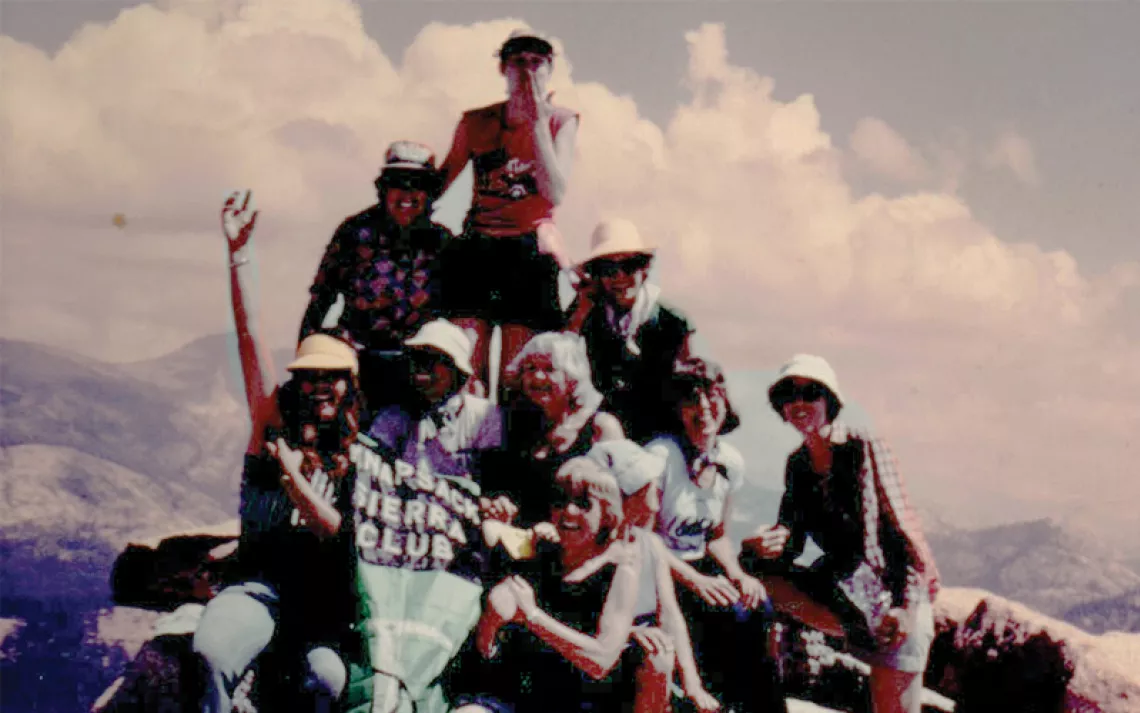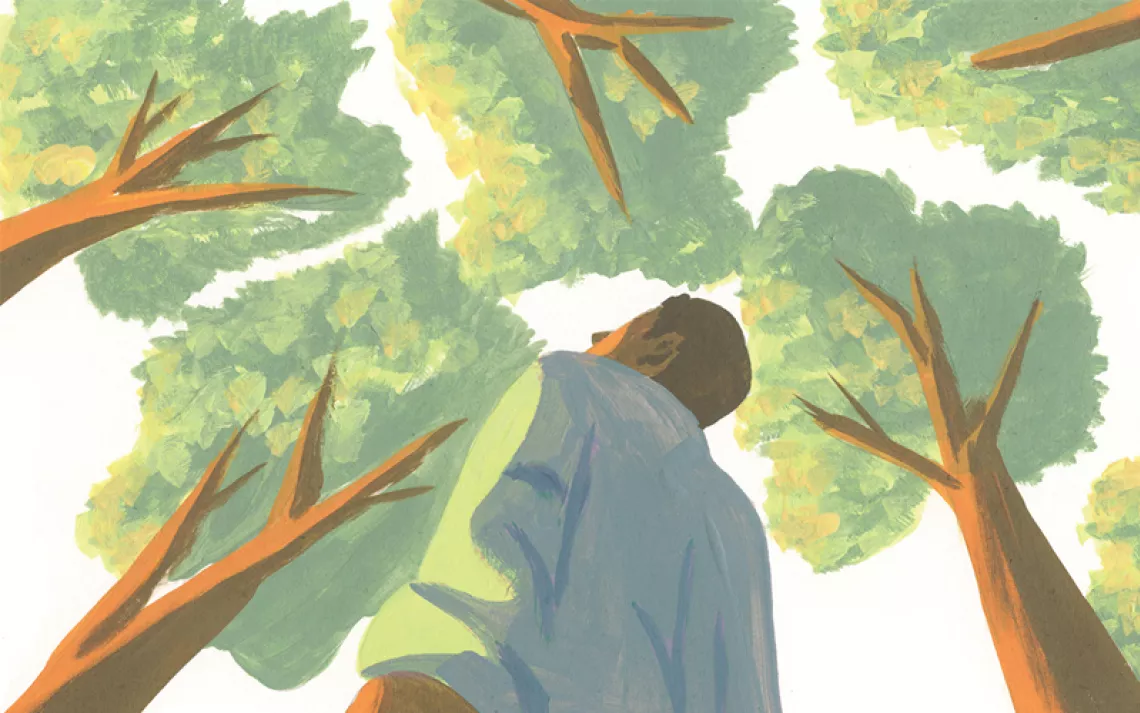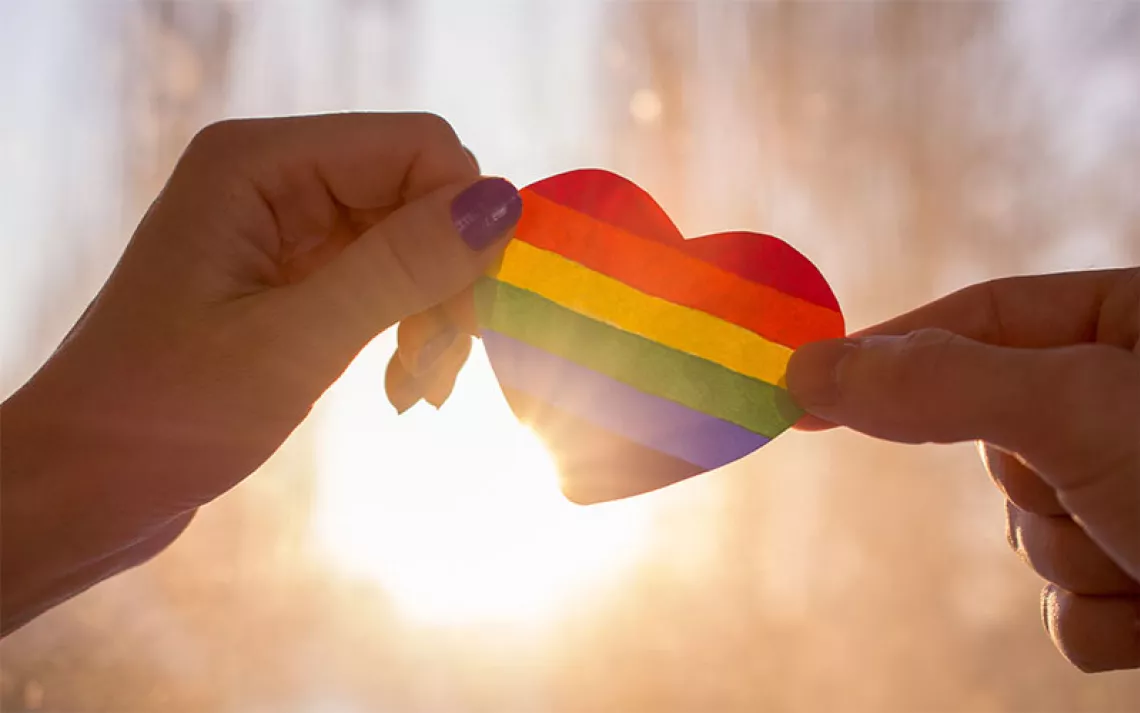Bear Grylls Gets Candid About Entering the Realms of Beasts
The “Hostile Planet” host's spirit animal is not in fact a bear

Photos courtesy of National Geographic
Premiering on the National Geographic channel on April 1, Hostile Planet is the latest dazzling nature series to hit the airwaves—and it’s got a touch more survivalist swagger than its predecessors. The message of this six-part series? That Earth is an increasingly unforgiving environment where only the strongest will survive. Sierra called up Bear Grylls, the series’ executive producer, host, and narrator, to learn more about the outdoorsman best known for challenging himself to thrive in inhospitable places and about what it’s like to watch animals contend with the catastrophic weather, dwindling resources, and other hallmarks of the Anthropocene.
Sierra: What was your inspiration for getting on board with this show?
 Bear Grylls: Wild animals and survival have been forces in my life for as long as I can remember. Growing up watching so many iconic natural history series—all those Blue Planets and stuff—was such an inspiration. So it was such an honor when [cinematographer and director Guillermo Navarro; producer Martha Holmes; executive producer Tom Hugh-Jones; and producer, director, and cinematographer Mateo Willis] asked me to be involved in boosting this whole genre of natural history. I was excited to reintroduce it to a younger audience and to find ways to make the topic more dynamic—not quite so beautiful and spectacular. Because this is much more about how brutal and unforgiving and harsh and tough the world can be—but also about how resilient and remarkable these animal survivors are. It’s just been a huge honor, and I’m amazed at how this has come out—I’m used to just a small team of people out there with me, so this experience was a whole different ball game.
Bear Grylls: Wild animals and survival have been forces in my life for as long as I can remember. Growing up watching so many iconic natural history series—all those Blue Planets and stuff—was such an inspiration. So it was such an honor when [cinematographer and director Guillermo Navarro; producer Martha Holmes; executive producer Tom Hugh-Jones; and producer, director, and cinematographer Mateo Willis] asked me to be involved in boosting this whole genre of natural history. I was excited to reintroduce it to a younger audience and to find ways to make the topic more dynamic—not quite so beautiful and spectacular. Because this is much more about how brutal and unforgiving and harsh and tough the world can be—but also about how resilient and remarkable these animal survivors are. It’s just been a huge honor, and I’m amazed at how this has come out—I’m used to just a small team of people out there with me, so this experience was a whole different ball game.
How did you relate to the stars of the series? What was it like to see animals in these hostile environments?
Having spent so much of my life sort of trying to survive solo, up against the odds, and then seeing close up the behind-the-scenes reality of what these animals actually go against—well, it’s quite a humbling thing to witness! Because we’re really bad at this compared to these animals! I’m always thinking, Even with my human brain, I am a real rookie—there’s nothing like witnessing the resilience and adaptability and resourcefulness and community that these animals show. With these things, the proof is always in the pudding—I had my 15-year-old son come with me for the filming of the final episode, and he’s this cool, nonplussed kid who’s suddenly seeing a jaguar take down a crocodile and going, “Ohmigod, I’ve never seen footage like this before!”
Can you talk about the decision to foreground the issue of climate change in this series?
It’s a two-pronged thing: A younger, more dynamic audience already knows it’s a force—they want to be informed, and they’re driving this whole agenda. The other side is that climate change has been a huge part of my life. I’ve seen it up close. One of my jobs is being the chief ambassador of World Scouting, and climate change really drives them [the young adults of the Scout movement]; they’re motivated to protect our planet and to do good things. And I think it’s really powerful when you portray natural history in an animal context, because they’re always the innocent victims of climate change. Their world is changing so fast, and if they can’t adapt, they just die—these incredible animals that have adapted over tens of thousands of years. But then suddenly you can’t change fast enough and your family dies? It’s the reality of what’s happening to animals, and young people get it.
Compared to a lot of other hosts in the nature programming world, you do a lot of adventuring through the wilds—kayaking through rough waters and climbing mountains to reach hostile environs. What was the most grueling adventure you embarked on in service of this show?
It’s the really fun part for me, and it’s part of rebooting this whole natural history genre—we’ve seen and loved David Attenborough standing there telling the story, but everyone on the Hostile Planet team, myself included, wanted to work hard to get into those environments and show what they’re actually like. The most intense one would have to have been that jungle shoot! The jungle is unforgiving, and we had to film using racing drones that could actually race through the trees and the canopy. Operating in that sort of environment, with a small team and experts, it was incredible to see these worlds of nature and high technology coming together. I just love the physicality of getting up close into the animals’ environment—for me, that is the best part.
So was the jungle episode your favorite one to work on?
Every episode had amazing moments. I do particularly enjoy segments about the unsung animals. For instance, we think of sharks as the ultimate predator, but if you look at the oceans episode, you see how seals work together to communicate and fend off sharks. You look at the jungle one, and yes there’s that amazing sequence with the jaguar and the crocodiles, but some of what you see the hummingbirds and the gibbons do to communicate and feed themselves–that’s just as amazing. As a survivalist, it was just such a humbling experience to realize how good these animals are at staying on top—hunting, surviving, and adapting. I mean, the alternative is dying.
What surprised you most in the course of filming this show?
Just the way that technology has progressed, in terms of how close we can get to, and how we can kind of move with, the animals. And those guys, what they went through to get some of the footage—figuring out how to attach tiny little pin cameras to eagles, or to film underwater and really lead you alongside these animals in a way I’ve never seen before in natural history—it felt like a quantum leap forward for this whole genre.
What are you hoping viewers take away?
Number one: that we’re all interconnected—humans, animals, and the environment—and how extraordinary that is.
Was there an animal star with which you particularly identified?
I love paragliding, so I always love to imagine what it’d be like to fly. Seeing the golden eagle in the mountains episode made me realize what rookies we are at flying through the air. The golden eagle is just such a seasoned hunter of prey, and just magnificent to watch. I think that’s what I’d most want to be.

 The Magazine of The Sierra Club
The Magazine of The Sierra Club



